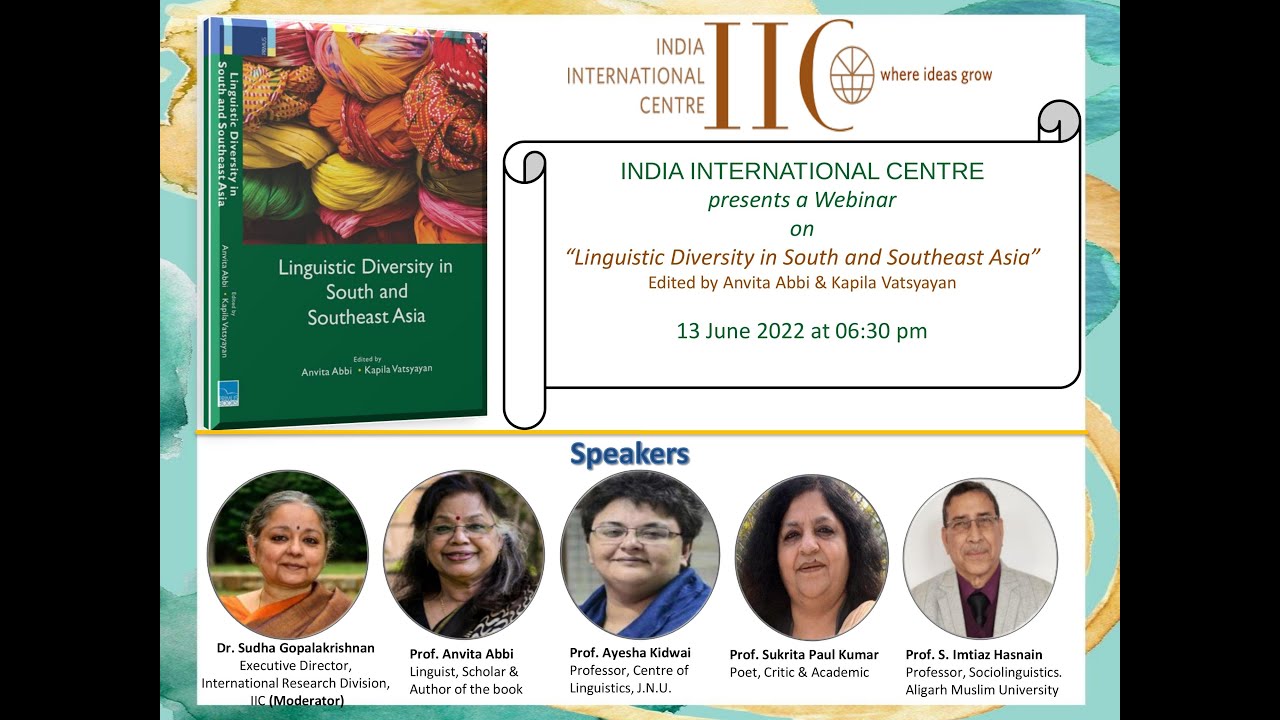Communication Officer– One vacancy
Brief of the Position
| (a) |
Qualification |
Graduate preferably in Mass Communication from a recognized university |
|
(b) |
Additional Qualification |
Creative skills :
Technical skills :
|
|
(c) |
Experience |
Minimum 5-8 years of relevant experience in full-time marketing / communications role. |
|
(d) |
Age |
30-40 years (Relaxable in cases of exceptional merit) |
|
(e) |
Remunerations |
Basic Pay Rs. 47,600/- plus DA and other allowances Gross Emoluments : Rs. 81000.00 |
All applications along with CV/ supporting documents and a passport size photograph are to be forwarded by email or post to the Administrative Officer on or before 02 July 2022 to the address given below:
Administrative Officer
India International Centre
40 Max Mueller Marg
New Delhi – 110003
Email. : careers@iicdelhi.in
Applications received after the last date will not be considered.




















































































































